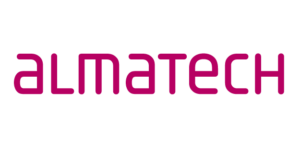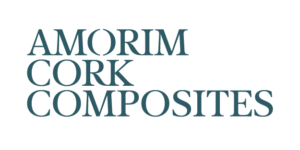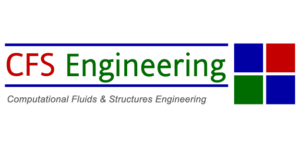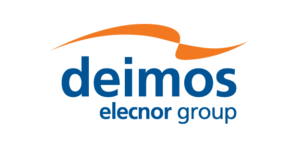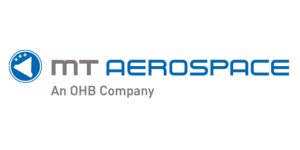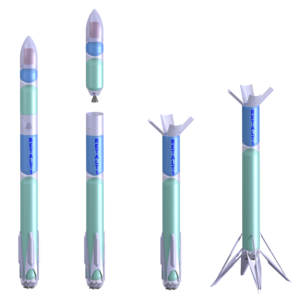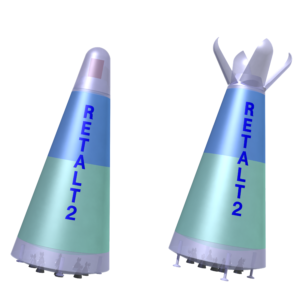Objectives
The two main scientific and technological objectives of the RETALT project are:
To meet these two objectives two reference configurations have been defined:
-
A configuration similar to the SpaceX rocket “Falcon 9” that will be the reference for the state-of-the-art TSTO RLV.
-
A configuration similar to the DC-X that will serve as reference for a SSTO RLV.
The objective of the project is to raise the Technical Readiness Level (a measure of 1 to 9 of how far a technology is away from market readiness) up to 5 for most of the technologies investigated in the project and up to 3 for the Guidance and Navigation and Control system. The partners strive for concepts of reusable launch vehicle that best combine all the investigated technologies in a single design.
We are convinced that it is absolutely necessary to investigate Retro Propulsion Assisted Landing Technologies to make re-usability state-of-the-art in Europe. The know-how for a rapid application of re-usability in European launchers can only come from a strong common effort of research and industry. Once re-usability has become the state-of-the-art in Europe it will impact not only the scientific community and industry of space technologies but each European citizen, as launch technologies will become more affordable and new space debris can be avoided. Additionally, the technologies investigated can be applied in other research areas and industrial sectors.
[responsivevoice_button]
Partners
Activities
The overall objective of the RETALT project will be to investigate Launch system re-usability technologies of VTVL TSTO and SSTO RLV applying retro propulsion using two configurations: RETALT1 and RETALT2.
The concept of retro propulsion assisted vertical landing is simple in terms of number of parts needed and in the design. However, it is complex regarding the aerodynamics, aerothermodynamics and thus the flight dynamics of the vehicle. Furthermore, innovative GNC concepts, structures and mechanisms and TPS need to be developed. These fields have been identified for the study of key technologies in the RETALT project.
To obtain a well-structured work flow the project activities are grouped in the following work packages.
Concepts
During the three years of the project lifetime the consortium will investigate the areas of aerodynamics, aerothermodynamics (i.e. the temperatures that evolve at the surface of the vehicle during flight), flight dynamics, guidance, navigation and control, and advanced structural parts, materials and mechanisms. For this purpose, two types of rocket launchers will be investigated which both start and land in an upright position. One of them will have two stages and will be similar to conventional rockets like the Falcon 9 or the Ariane 5 (RETALT1 concept). For this launcher only the first stage will be landed again. The second launcher has only a single stage (RETALT2 concept). It will be designed for the use of smaller payloads and when returning it will break not only with retro propulsion but also with the aid of a large aerodynamic base surface at the bottom.
These rockets will not really be launched; however, they will be used as the reference configurations for the investigations of the different technologies in the project. Aerodynamic wind tunnel experiments, numerical simulations and ground tests of several components will serve to verify the outcomes of the project.


